Hepatoprotective Effects
How to submit an article:
- Registered users can submit any published journal article that has a unique DOI (Digital Object Identifier) name or link to Research Hub.
- For example, you can paste the full DOI link:
https://doi.org/10.1109/5.771073or just the DOI name:10.1109/5.771073into the field above and click submit. - The person who is first to submit a valid article to Research Hub will forever be credited for it, and every article submission earns you +6 Research Points.
Published research studies are articles that present the findings of original research that has undergone a peer-review process and has been made publicly available in scholarly journals, books or other media.
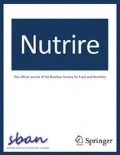
Myrtle: a versatile medicinal plant
2023 Feb 16 Nutrire Gorjian H, Khaligh NG
The study concludes that myrtle has multifaceted pharmacological effects, including antioxidant, antibacterial, and anti-inflammatory activities, and it holds potential in various fields such as COVID-19 management, diabetes, liver protection, hypertension, and as a natural remedy for certain health conditions.
Review Article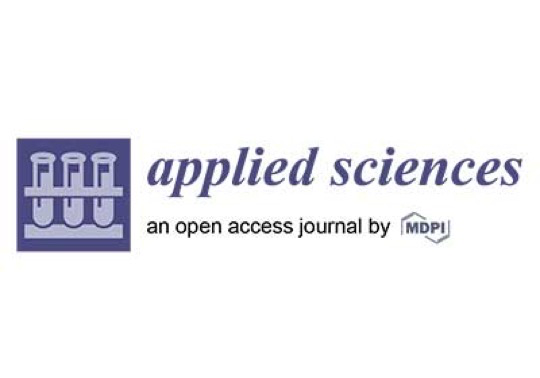
Fermented Gold Kiwi Prevents and Attenuates Chronic Alcohol-Induced Liver Injury in Mice via Suppression of Inflammatory Responses
2023 Jan 31 Applied Sciences Choi J, Lee S, Choi H, Lee J, Lee N, Oh H, et al.
This study demonstrates that fermented gold kiwi (FGK) exerts a protective effect against alcohol-induced liver damage by improving alcohol metabolism and increasing anti-inflammatory activity. This finding suggests that FGK might be developed into a functional food treatment against alcohol-induced liver disease.
Animal Study Kiwifruit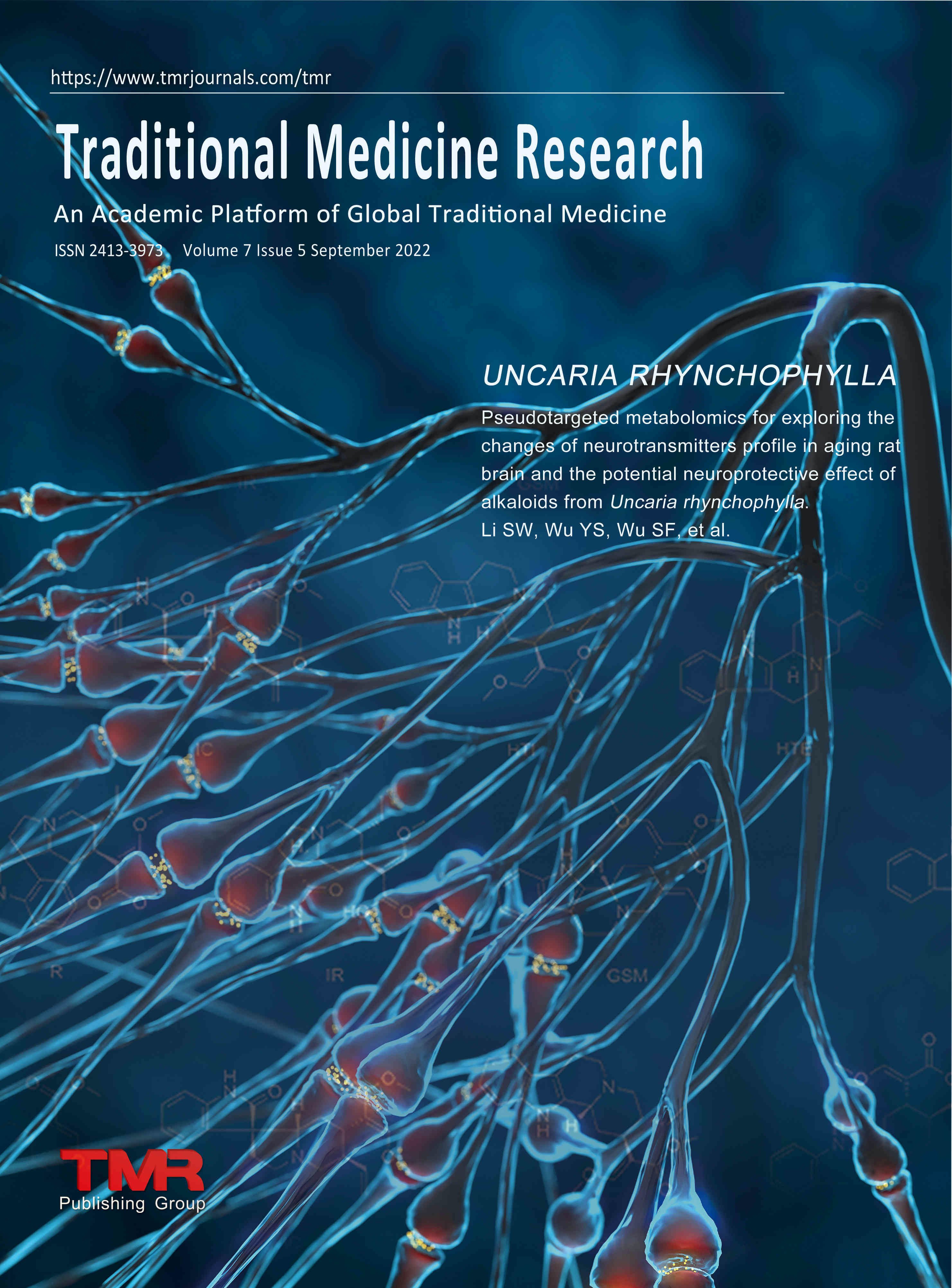
Jujube (Ziziphus jujuba Mill. (Rhamnaceae)): a review on its pharmacological properties and phytochemistry
2022 Jan Traditional Medicine Research Aafi E, Reza M, Mirabzadeh M
Theoretical Article Review Article Neuroprotective AntioxidantThe jujube tree bears fruit endowed with substantial nutritional value and contains numerous phytochemical components with reported antioxidant, anti-cancer and neuroprotective properties.
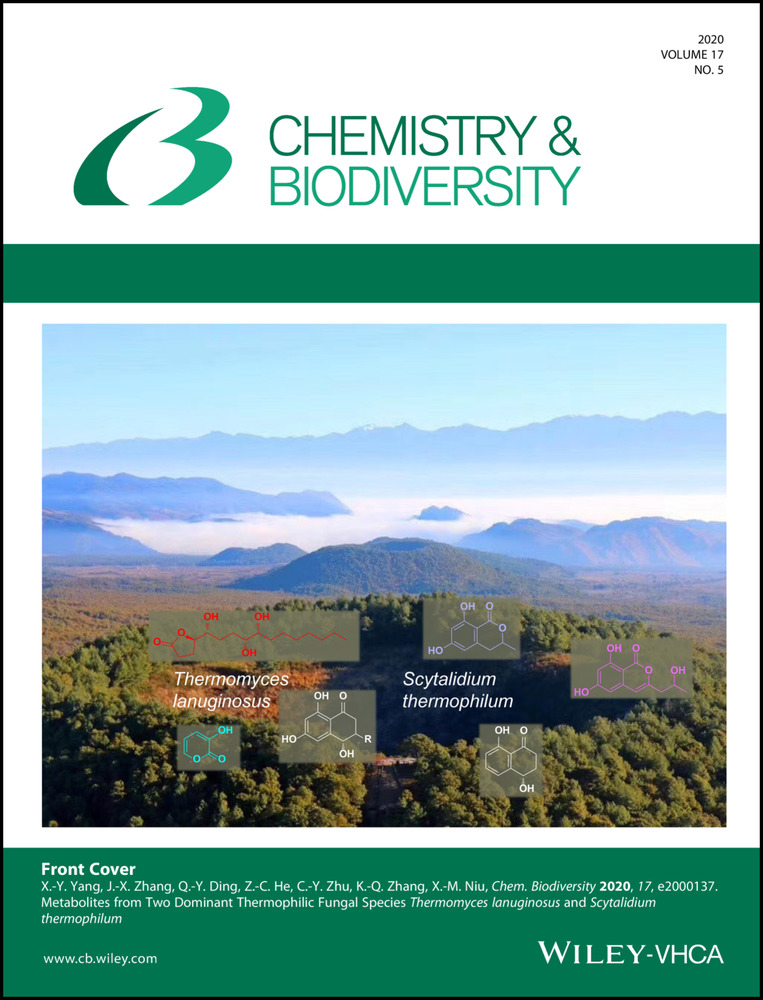
Comparison of Chemical Constituents and Pharmacological Effects of Different Varieties of Chrysanthemum Flos in China
2021 Jul Chemistry & Biodiversity Chen L, Liu Y, Huang X, Zhu Y, Li J, Miao Y, et al.
Experimental Study Antioxidant HepatoprotectiveChrysanthemum, a traditional Chinese medicine, shows significant antioxidant activity and hepatoprotective effects, making it a potential resource for functional foods and medicinal materials.

Chrysanthemi Flosextract alleviated acetaminophen-induced rat liver injury via inhibiting oxidative stress and apoptosis based on network pharmacology analysis
2021 Jan 01 Pharmaceutical Biology Zhou Y, Wang C, Kou J, Wang M, Rong X, Pu X, et al.
Bianliang ziyu flower ethanol extract (BZE) demonstrated hepatoprotective effects in APAP-induced rats by alleviating liver pathological changes, reducing serum AST and ALT levels, and exhibiting antioxidant and anti-apoptotic activities. BZE (440 mg/kg) significantly reduced ROS levels, upregulated SOD and GSH, activated p-AMPK, p-GSK3β, HO-1, and NQO1, promoted nuclear translocation of Nrf2, inhibited apoptosis through the PI3K–Akt pathway, and restored mitochondrial biogenesis, suggesting its potential as a liver-protecting agent.
Experimental Study Network Pharmacology Acetaminophen Drug-Induced Liver Injury Chrysanthemum Liver InjuryResearch insights are moderated by the Research Hub team and offer an at-a-glance overview of interesting research findings.

2022 Traditional Medicine Research
The jujube tree bears fruit endowed with substantial nutritional value and contains numerous phytochemical components with reported antioxidant, anti-cancer and neuroprotective properties.
Theoretical Article Antioxidant Neuroprotective
Jujube (Ziziphus jujuba Mill. (Rhamnaceae)): a review on its pharmacological properties and phytochemistry
Aafi E, Reza M, Mirabzadeh M

2021 Chemistry & Biodiversity
Chrysanthemum, a traditional Chinese medicine, shows significant antioxidant activity and hepatoprotective effects, making it a potential resource for functional foods and medicinal materials.
Experimental Study Antioxidant Hepatoprotective
Comparison of Chemical Constituents and Pharmacological Effects of Different Varieties of Chrysanthemum Flos in China
Chen L, Liu Y, Huang X, Zhu Y, Li J, Miao Y, et al.
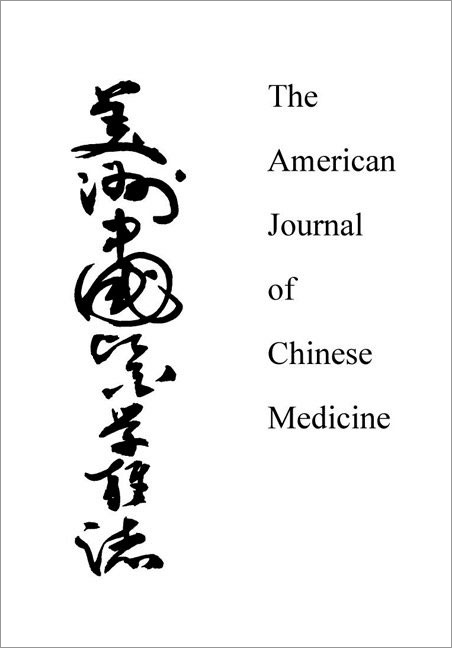
2020 The American Journal of Chinese Medicine
The Chrysanthemum indicum L. plant has been discovered to have multiple pharmacological capabilities including anti-inflammatory, antioxidation, antipathogenic, anticancer, immune regulation, and hepatoprotective effects.
Review Article Anticancer Antioxidant
Chrysanthemum indicum L.: A Comprehensive Review of its Botany, Phytochemistry and Pharmacology
Shao Y, Sun Y, Li D, Chen Y
Review Articles
Review articles summarise and critically evaluate the current state of research on a specific topic or field by synthesising multiple primary research studies.

Myrtle: a versatile medicinal plant
2023 Feb 16 Nutrire Gorjian H, Khaligh NG
The study concludes that myrtle has multifaceted pharmacological effects, including antioxidant, antibacterial, and anti-inflammatory activities, and it holds potential in various fields such as COVID-19 management, diabetes, liver protection, hypertension, and as a natural remedy for certain health conditions.
Review Article
Jujube (Ziziphus jujuba Mill. (Rhamnaceae)): a review on its pharmacological properties and phytochemistry
2022 Jan Traditional Medicine Research Aafi E, Reza M, Mirabzadeh M
Theoretical Article Review Article Neuroprotective AntioxidantThe jujube tree bears fruit endowed with substantial nutritional value and contains numerous phytochemical components with reported antioxidant, anti-cancer and neuroprotective properties.

Chrysanthemum indicum L.: A Comprehensive Review of its Botany, Phytochemistry and Pharmacology
2020 Jan The American Journal of Chinese Medicine Shao Y, Sun Y, Li D, Chen Y
Review Article Antioxidant AnticancerThe Chrysanthemum indicum L. plant has been discovered to have multiple pharmacological capabilities including anti-inflammatory, antioxidation, antipathogenic, anticancer, immune regulation, and hepatoprotective effects.
Clinical Trials
Clinical trials are research studies that involve people and are conducted to evaluate the safety and efficacy of new treatments or interventions, such as drugs, medical devices, or behavioural therapies.
Study Protocols
Published study protocols are detailed plans that outline the objectives, methodology, statistical analyses, and organisation of a research study that have been made publicly available for others to review and use as a reference.
Presentation Slides

Theoretical Article
The jujube tree bears fruit endowed with substantial nutritional value and contains numerous phytochemical components with reported antioxidant, anti-cancer and neuroprotective properties.
Aafi E, Reza M, Mirabzadeh M

Experimental Study
Chrysanthemum, a traditional Chinese medicine, shows significant antioxidant activity and hepatoprotective effects, making it a potential resource for functional foods and medicinal materials.
Chen L, Liu Y, Huang X, Zhu Y, Li J, Miao Y, Du H, Liu D

Review Article
The Chrysanthemum indicum L. plant has been discovered to have multiple pharmacological capabilities including anti-inflammatory, antioxidation, antipathogenic, anticancer, immune regulation, and hepatoprotective effects.
Shao Y, Sun Y, Li D, Chen Y
Executive Summary
Write an executive summary in the form of a blog article on the topic of "Research into Chinese medicine treatment for Hepatoprotective Effects" summarising the research below and using language that can be easily understood by patients and avoiding medical jargon using a professional and caring tone of voice.
Write an executive summary in the form of a blog article on the topic of "Researched Chinese medicine treatments for Hepatoprotective Effects" summarising the research below in an objective and easy to understand way, and using language that can be easily understood by patients. Group the article into Chinese medicine treatments first, followed by nutrition and other treatments. Avoid using medical jargon and use a professional and caring tone of voice.
Write me a concise but easy to understand executive summary on the topic of "Chinese medicine treatments for Hepatoprotective Effects" based on the following research that I will give you. Your summary should be 2 paragraphs long in Australian English spelling and include references to the studies.
A Theoretical Article published in 2022 in the journal Traditional Medicine Research found that The jujube tree bears fruit endowed with substantial nutritional value and contains numerous phytochemical components with reported antioxidant, anti-cancer and neuroprotective properties. The research implemented an analysis of the jujube tree, its fruit, and its long history of usage in traditional medicine, focusing primarily on its use in traditional Persian and Chinese medicines. The varied geographical distribution of the tree was studied, especially its presence in tropical and subtropical regions across Europe and Asia. Researchers took into account the tree’s resilience to soil salinity and alkalinity as part of its general characteristics. The core of the study involved an in-depth investigation into the nutritional composition and pharmacological properties of the jujube fruit. The fruit's contents were categorized into proteins, minerals, vitamins, organic acids, and carbohydrates. Furthermore, a range of phytochemical components such as polyphenols, flavonoids, terpenoids, anthocyanins, alkaloids, and carotenoids were identified. Research noted both the fruit's nutraceutical and cosmeceutical potential. It also explored the medicinal properties of all elements of the plant, not just the fruit. The physiological impacts of the jujube were also evaluated across various medical contexts, seeking to understand its impact on different organs and tissues, as well as its influence on various health conditions and concerns. Culminating in the identification of antioxidant, anti-cancer, antimicrobial, neuroprotective, cardioprotective, hepatoprotective properties. Noteworthy, are also its health-promoting effects, with strong references to anti-aging properties.
A Experimental Study published in 2021 in the journal Chemistry & Biodiversity found that Chrysanthemum, a traditional Chinese medicine, shows significant antioxidant activity and hepatoprotective effects, making it a potential resource for functional foods and medicinal materials. A comprehensive evaluation of 25 common chrysanthemum varieties in China was carried out for their chemical constituents, antioxidant activity, and hepatoprotective effects. Initially, the water extracts from chrysanthemums were analysed using liquid chromatography-mass spectrometry and 29 chemical components were identified. It was observed that chrysanthemums were rich in chemical constituents with significant differences in the contents of phenolic acids and flavonoids among the varieties. Afterwards, the antioxidant activities of different chrysanthemums were investigated through different assays. The relationships between nine main components and antioxidant activities were examined to identify the antioxidant constitutes in chrysanthemums. The study also examined the capacity for each cultivar to protect against cell damage, with certain cultivars standing out with higher efficacy. The hepatoprotective effects of eight mainstream varieties were determined using a model of acute alcoholic liver injury. The chrysanthemums were found to protect the liver from injury by impacting relevant liver function and antioxidant indexes. Selected varieties could decrease certain liver activities, while others significantly decreased harmful content in liver tissue, showing significant antioxidant capacity.
A Review Article published in 2020 in the journal The American Journal of Chinese Medicine found that The Chrysanthemum indicum L. plant has been discovered to have multiple pharmacological capabilities including anti-inflammatory, antioxidation, antipathogenic, anticancer, immune regulation, and hepatoprotective effects. In their study, the researchers undertook an extensive review of Chrysanthemum indicum L., a longstanding staple of traditional Chinese medicine. They examined the botany, phytochemistry, and pharmacology of the plant, integrating historical records relating to traditional medicinal usage with modern scientific analyses. In the discussion of their findings, they made note of the plant's impressive pharmacological portfolio. More than 190 chemical compounds have been identified within the plant, including flavonoids, terpenoids, phenylpropanoids, and phenolic acids. These contribute to a variety of medical benefits - illustratively, its extracts show anti-inflammatory and anti-oxidation properties, and compounds isolated from the plant suggest potential anticancer, antipathogenic microorganism, immune regulation, and hepatoprotective effects.
Moderation Tools
Topic
Sign In
Users not signed in are limited to viewing the 5 most recent items of content.